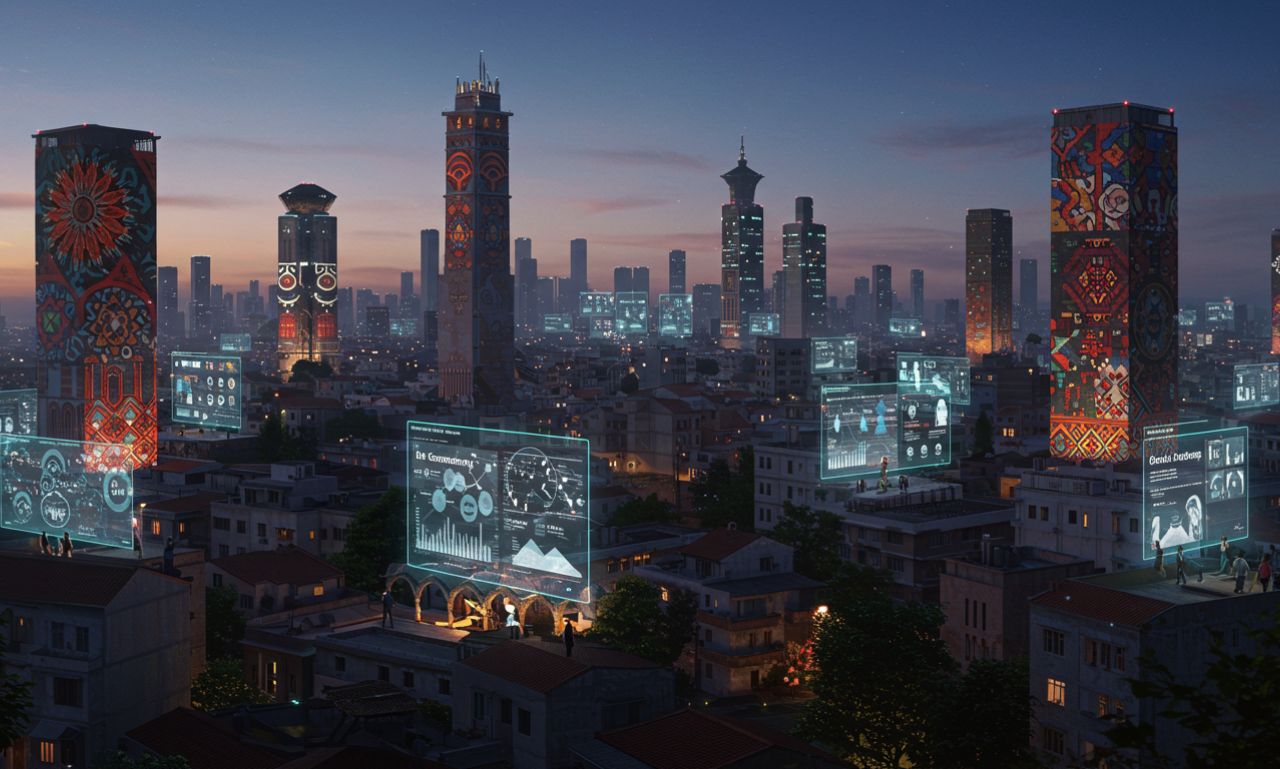In a world where change is constant, concepts like hitlmila stand out for their ability to unite tradition with innovation. Hitlmila is not just a term but a framework that reflects how societies adapt while holding on to their roots. It represents a fusion of cultural preservation, technological progress, and social resilience. By linking heritage with modern tools, hitlmila provides a pathway for communities and individuals to thrive in today’s interconnected landscape.
This article explores the depth of hitlmila, tracing its origins, examining its place in society, and analyzing how it continues to influence culture, education, technology, and communities worldwide.
Origins of hitlmila
The origins of hitlmila can be traced to the blending of traditional values with evolving environments. Historically, communities often faced the challenge of holding on to their cultural identity while responding to external changes. Hitlmila emerged as a concept that embodies the balance between continuity and transformation.
It is not tied to a single culture or geography. Instead, it represents a broader principle: the ability to safeguard what is meaningful from the past while shaping it to remain relevant in the present. This adaptability is at the heart of hitlmila and explains why it resonates with so many communities today.
hitlmila in Cultural Life
Culture lies at the core of hitlmila. It recognizes that traditions, stories, and collective memory form the backbone of identity. Yet, it does not treat culture as static. Instead, it embraces the idea that cultural elements evolve while still honoring their original significance.
Examples of hitlmila in cultural life include oral storytelling that is preserved through digital recordings, festivals that incorporate both ancient rituals and modern performances, and crafts that use traditional designs but adapt them to contemporary tastes. In this way, hitlmila demonstrates that heritage can remain dynamic without losing its authenticity.
hitlmila and Technology
Technology is often seen as a force that disrupts traditions. However, in the context of hitlmila, it becomes a tool for preservation and connection. Digital archives, mobile applications, and online platforms have made it possible for cultures to document their history, share it across borders, and make it accessible to younger generations.
Through hitlmila, technology is not treated as a threat but as a partner in cultural continuity. For instance, language preservation apps keep endangered languages alive, while virtual museums allow global audiences to engage with heritage that might otherwise remain hidden. These innovations illustrate how hitlmila encourages coexistence between the digital world and human identity.
hitlmila in Education
Education is another field profoundly shaped by hitlmila. By integrating cultural values into modern education systems, it ensures that learning is not only practical but also meaningful. Schools, universities, and online platforms inspired by hitlmila focus on providing students with a sense of belonging while equipping them with skills for a globalized future.
In practice, this can mean curricula that include both technological literacy and traditional wisdom, or programs that encourage students to explore their cultural roots through modern creative methods. By blending these elements, hitlmila ensures education nurtures well-rounded individuals capable of navigating complexity.
hitlmila and Community Building
At its core, hitlmila is deeply tied to the idea of community. It values collective growth, shared spaces for dialogue, and the power of collaboration. Communities adopting hitlmila create opportunities for people to engage with one another through projects, workshops, and cultural exchanges that combine heritage with innovation.
These efforts foster inclusivity and resilience, helping societies adapt to challenges while holding onto what makes them unique. Hitl-mila emphasizes that communities are strongest when they embrace both continuity and change.
Hitl-Mila Across Borders
One of the most striking aspects of hitlmila is its global relevance. Although rooted in local traditions, its principles are universal. Communities around the world face similar challenges: preserving identity in an era of rapid modernization, using technology responsibly, and finding ways to remain connected.
Hitl-mila provides a framework that transcends borders. Whether in Asia, Africa, Europe, or the Americas, it inspires practices that strengthen resilience while creating opportunities for collaboration. This cross-cultural adaptability ensures that Hitl-Mila will remain significant in the years to come.
Challenges Facing hitl-mila
While hitlmila holds great promise, it also faces challenges. One difficulty lies in raising awareness. Not all communities or individuals recognize the importance of balancing heritage and innovation. Some view tradition as outdated, while others see technology as intrusive. This divide can make integration difficult.
Another challenge is sustainability. To ensure hitlmila continues to thrive, there must be consistent effort to support it through education, policy, and community initiatives. Without structured support, the principles of hitl-mila risk being overshadowed by short-term trends or economic pressures.
Yet, these challenges are not insurmountable. They serve as reminders that maintaining balance requires ongoing commitment and creativity.
The Future of hitl-mila
Looking ahead, the role of hitlmila is set to grow. The demand for cultural preservation is rising as globalization accelerates. Simultaneously, technology continues to expand, offering new possibilities for sharing and protecting heritage. Hitl-mila sits at the intersection of these forces, providing a blueprint for the future.
In education, more schools are expected to integrate cultural studies with digital tools. In technology, platforms will likely expand to include even more creative methods of preserving traditions. On a global scale, hitlmila will inspire stronger connections between communities, enabling cultural exchange without erasing identity.
The future of hitl-mila is one of growth and relevance. As societies search for ways to balance identity with progress, hitl-mila will remain a guiding principle.
Conclusion
Hitlmila stands as a powerful concept that unites culture, technology, education, and community. It shows that progress and preservation are not opposites but partners. By recognizing the value of both, hitl-mila creates space for continuity, innovation, and inclusivity.
Its origins remind us of the importance of resilience, its cultural role highlights the dynamism of heritage, and its technological applications reveal the potential of innovation. While challenges exist, the adaptability of hitl-mila ensures it will remain meaningful for generations to come.

